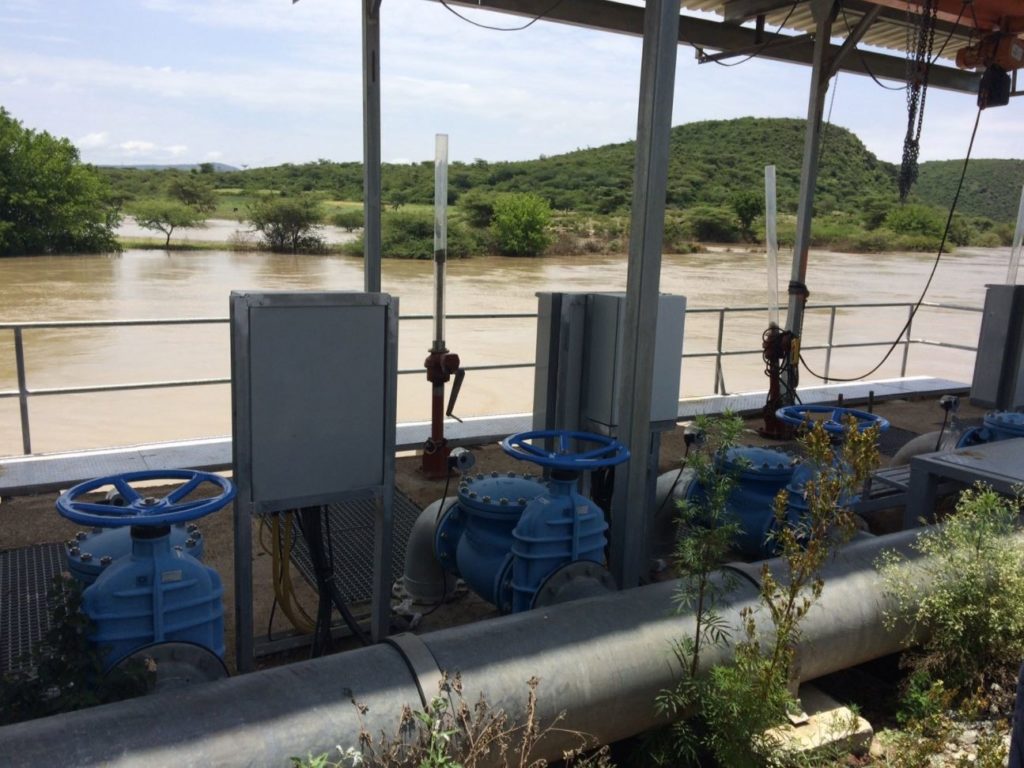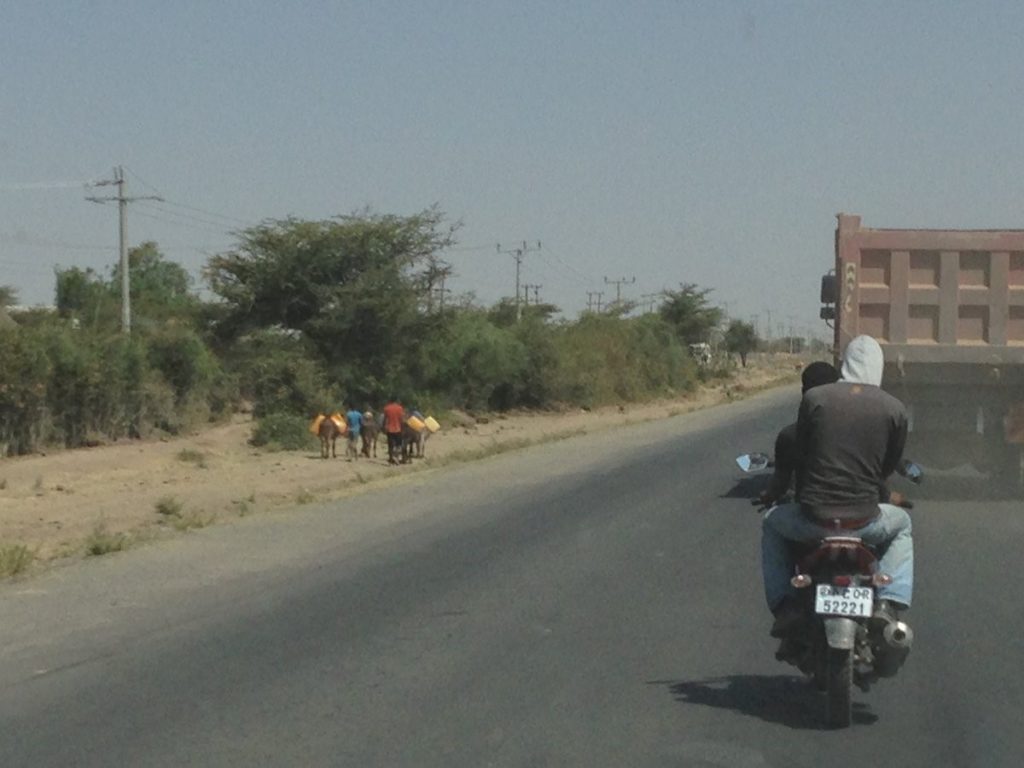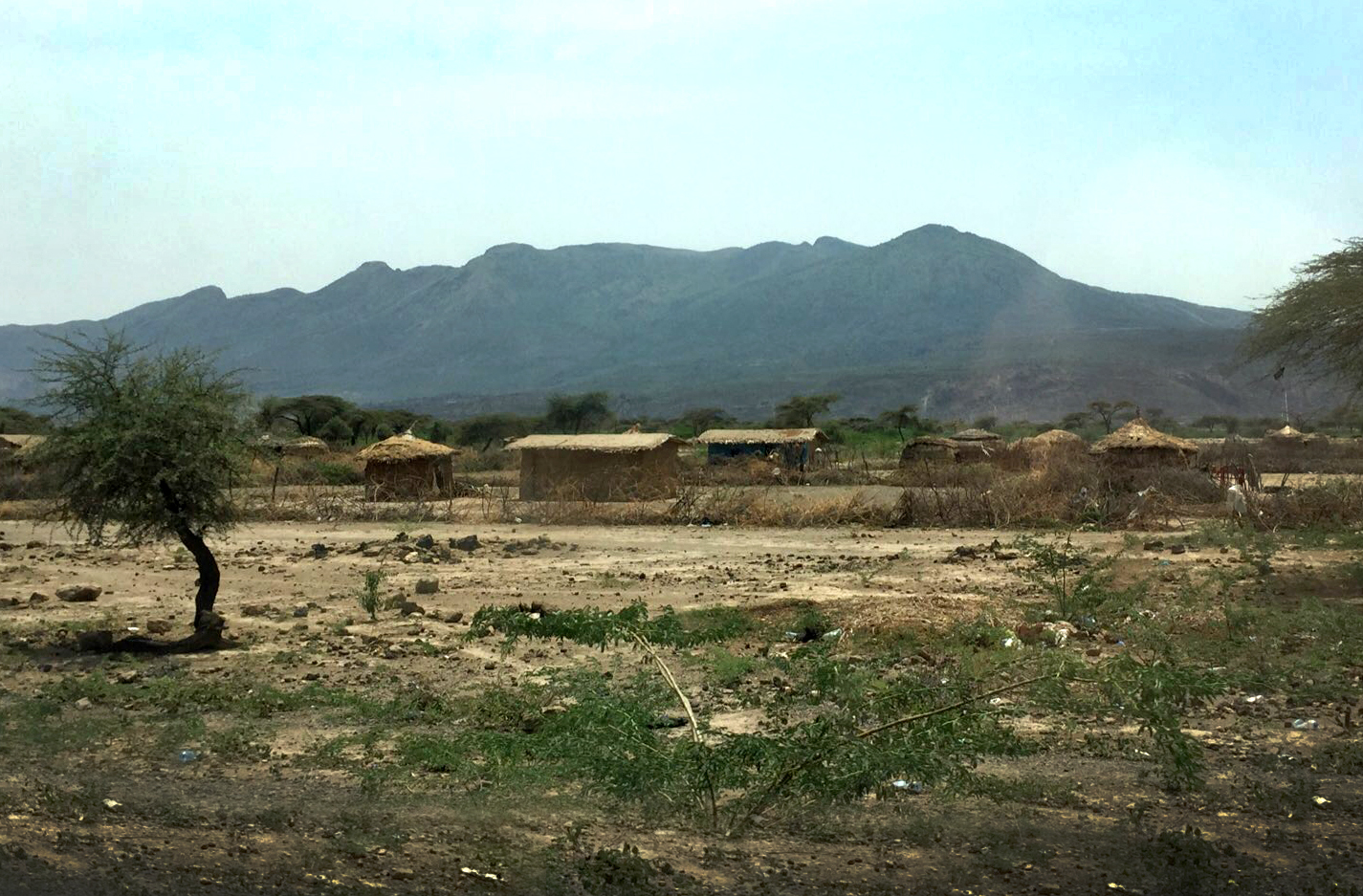Dr Catherine Grasham, Post-doctoral researcher in water security and society, University of Oxford
Social research in the Awash River basin, as part of the REACH programme, seeks to contribute to our understanding of the links between water security and economic growth.
The Awash River basin is of high economic importance for Ethiopia, with a total GDP accounting for around thirty per cent of national production. Home to more than fourteen million people and with the country on a path of agricultural development-led industrialisation, securing water in the basin is vital for the national economy. This is one of the reasons it has been selected as the REACH observatory – ‘Sustaining Growth through Water Security’ for interdisciplinary research that can improve water security for thousands of people.
There is an increasing demand for water in the Awash basin which creates risks for different water users. Towns are growing quickly with insufficient water supply, irrigation is increasing and water quality is being compromised, largely by the growing number of industries along the river. Rural communities also rely on the river for domestic and productive uses.
Floods and droughts are common occurrences in the basin and we know from existing research by Vivid Economics that there are links between hydrological variability and the economy at the basin scale. With scenario analysis, the research team found that prolonged drought has the potential to reduce agricultural production by up to twenty per cent. Social research in the Awash basin seeks to contribute a human element to this analysis by questioning what risk means to different water users.
To find a way to address this, in November 2017 I visited the municipal water utility in Adama town, district and regional water management organisations, and a selection of private and state-owned farms in the middle of the basin with Dr Meron Teferi Taye from the Water and Land Resource Centre.
In Adama, a large town of around 400,000 people, we met with representatives from the municipal water utility to find out what the main challenges are with regards to meeting water demand. There is a chronic shortage of water in the town that worsens during a flood or a drought. During these extreme events, the turbidity of the river water increases significantly, compromising the utility’s ability to treat the water, thus reducing the amount of clean water for service users in the town. Importantly, this may have a disproportionately large impact on those living in informal settlements and in other marginalised communities since they typically access water from communal water points and do not have access to water storage infrastructure.
 The pumping infrastructure at the Adama town water treatment plant
The pumping infrastructure at the Adama town water treatment plant
We travelled further downstream. Along the road we saw children moving water in jerrycans reminding us that rural communities in the Awash River basin are highly vulnerable to climate extremes and we hope to discuss this with representatives of these communities on our next visit.
 Children moving water in jerrycans with donkeys along a road close to Adama
Children moving water in jerrycans with donkeys along a road close to Adama
We arrived at Wonji Shoa Sugar Plantation. Established in 1954, it is one of the largest irrigated farms in Ethiopia. Water is pumped from the river along canals to approximately 6,000 hectares of state owned land and 5,000 hectares of smallholdings.
During our visit we were told by an irrigation expert that the drought in 2015 had left the sugarcane at the end of the canals with insufficient water and the recent flooding in 2017 had waterlogged and destroyed 134 hectares. This area represents only just over one per cent of the total farm size, potentially suggesting limited impacts on the overall profit margin of the farm. However, if these 134 hectares were owned by 100 or so smallholder farmers, it may have had a considerable impact on their incomes and wellbeing. This added a layer of complexity to our research as we discovered that within farms extreme events impact water users in different ways.
 An irrigation canal at Wonji Shoa Sugar Plantation
An irrigation canal at Wonji Shoa Sugar Plantation
In contrast, visiting a private flower farm with around 2,000 employees revealed a different story. With the capacity to recycle seventy five per cent of its water, an employee involved with water management on the farm reported no negative economic impacts from the drought in 2015. During the flooding in 2017, their water pumping infrastructure was damaged but quickly repaired, having a minimal impact on their production. I was left wondering how the drought or flood may have impacted the employees’ ability to generate income and hope to explore this further.
Risk is not homogeneous and consists of economic, social and political dimensions. This, along with inequalities of water access within urban areas, rural communities and within and between farms means that establishing a risk threshold in the basin can’t be a ‘one-size-fits-all’ approach. Ultimately these findings will help decision makers better understand the benefits and impacts of water related investments on the different water users in the basin. With this in mind, our social research is ongoing in the Awash basin.

